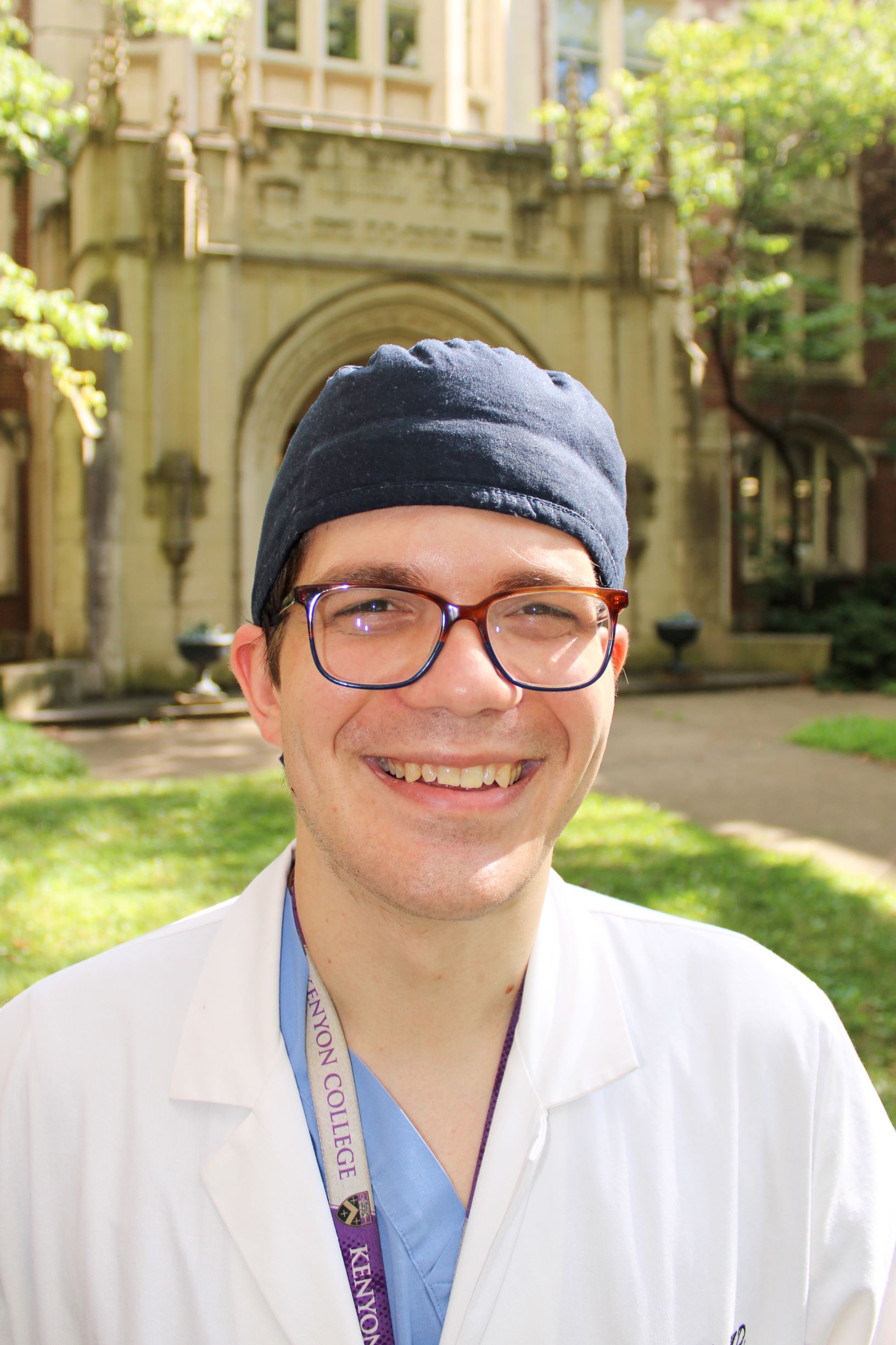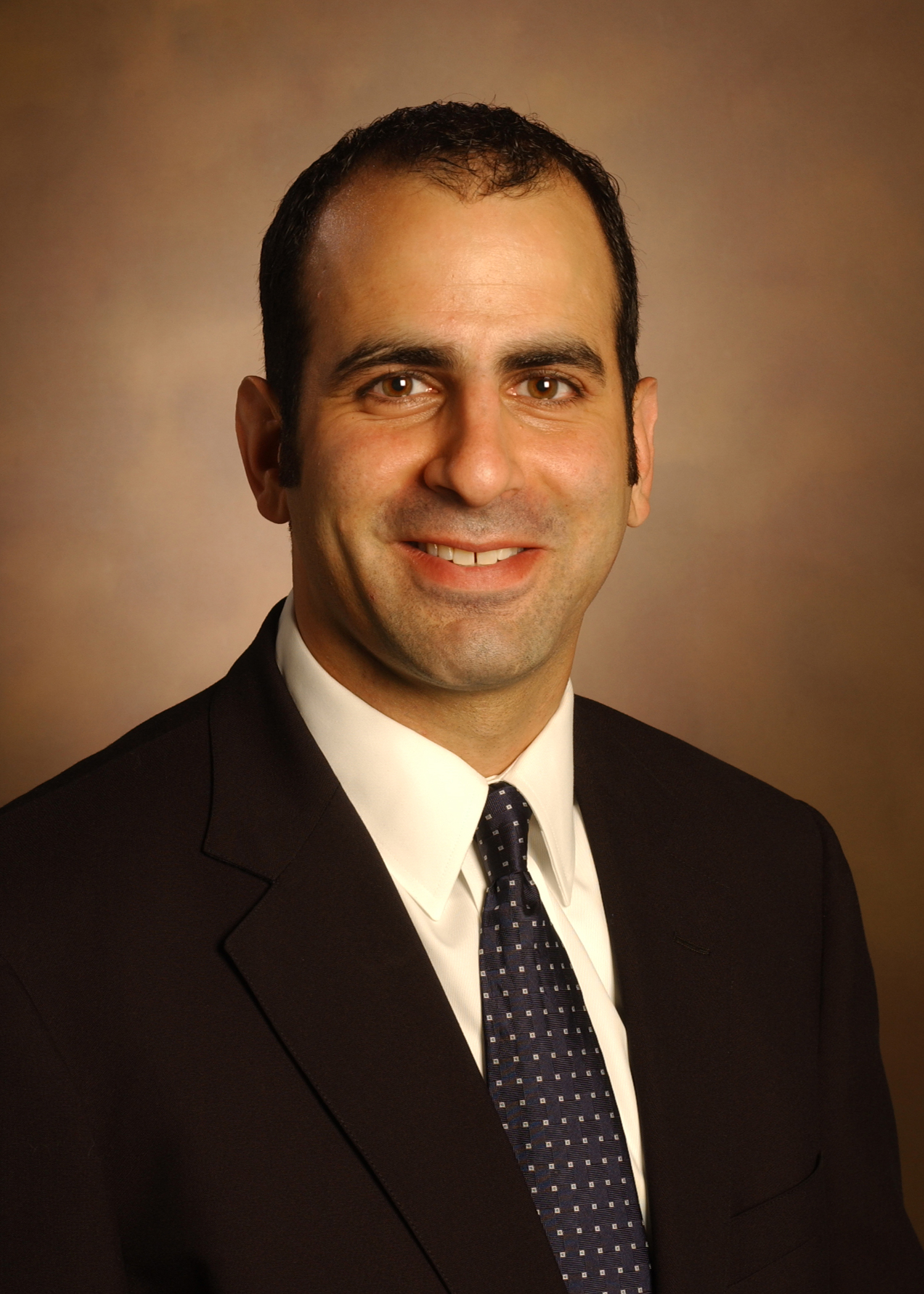Approximately half of boys between 12 and 18 years of age who present to a physician with acute scrotal pain are suffering from testicular torsion, and about a third of these boys will lose the affected testicle.
Jackson Cabo, M.D., a urology resident at Monroe Carell, Jr. Children’s Hospital at Vanderbilt, believes this story can be rewritten. He has completed a proof-of-concept study in the Vanderbilt ED and Department of Urology to see if standardization of the Testicular Workup for Ischemia and Suspected Torsion (TWIST) score will hasten correct diagnosis and shorten the road to the operating room. The study was recently published in the Journal of Pediatric Urology.
“Every hour that blood flow is restricted to the testicle matters.”
“Ideally, treatment is performed within four to eight hours, but every hour that blood flow is restricted to the testicle matters,” Cabo said. “Ultrasound has been the gold standard for diagnosis, but oftentimes – particularly in rural areas or where medical centers are backed up – waiting for this test may be too risky.”
Ticking Time Bomb
Testicular torsion is the twisting of the spermatic cord within the scrotal sac. It can happen in infancy, but more often occurs in the teenage years, and boys with bell clapper deformities are more susceptible. The condition comprises at least 0.5 percent of all ED visits. Epididymitis, inguinal hernia and orchitis are common mimickers, since all can cause scrotal pain.
Exertion in sports or a traumatic injury may precipitate the twisting, but Cabo says often the torsion is not associated with any particular event. Onset is sudden and acutely painful. While it can sometimes be temporarily relieved with manual detorsion, it requires surgery to repair and prevent future torsion.
“If we restore blood flow within four-to-six hours, the testicle is saved 90 percent of the time. After 12 hours, this drops to 50 percent, and after 24 hours, to 10 percent,” Cabo said.
TWIST Score Put to the Test
The TWIST score was developed in 2013, delineating five physical exam parameters that predict likelihood of torsion.
In Cabo’s prospective study, he asked ED and urology providers to complete a TWIST form following physical examination of the (103) cases of acute scrotal pain they encountered over a nearly three-year period. Simultaneously, the researchers encouraged urology residents to document the TWIST score through an EHR dot phrase and provided a badge buddy with a quick reference to all TWIST score components.
In the ED, documentation of all TWIST score components on physical exam rose from 9 percent to 98 percent and in urology, it rose from 16 percent to 66 percent.
“A TWIST score totaling more than five points was 94.5 percent specific for testicular torsion.”
Following this initiative, Cabo compared the ultimate diagnoses with the TWIST scores.
“We found that a TWIST score totaling more than five points was 94.5 percent specific for testicular torsion,” Cabo said.
When looking at agreement between ED and urology evaluators, Cabo found a strong positive association, with the least agreement found on the testicular firmness score.
“We are the first to document strong inter-rater reliability of the TWIST score between different medical specialties,” Cabo said. “Yet the fact that nearly a third of the groups differed on the firmness assessment underscores a limitation to be addressed.”
Salvage vs. Removal
Cabo and colleagues also examined clinical outcomes, including orchiectomy rates, repeat ultrasounds and time-to-operating room.
In 33 of the 47 boys studied, the testicle was salvaged, and in 14, ipsilateral orchiectomy was necessary. Importantly, testicle firmness was noted in all patients requiring orchiectomy, versus just 61 percent of salvage patients.
“It is also significant that 93 percent of patients requiring orchiectomy had an absent cremaster reflex upon ED examination, compared to 63 percent of salvage patients,” Cabo said. “This symptom is often under-evaluated.”
Saving Time
Next, the team plans to test whether consistent use of TWIST scoresheets can lower orchiectomy rates. Nearly two-thirds of transfer patients in the study had repeat scrotal ultrasounds performed before diagnosis.
“All this takes up valuable time,” Cabo said. “Even at the larger centers, ultrasound technician schedules may be backed up, preventing a timely study. With the degree of confidence TWIST gives us, is waiting for an ultrasound confirmation worth the risk of orchiectomy?”
Cabo also plans to test true- and false-negatives using TWIST.
“No child with a TWIST score of zero had testicular torsion, even though they might have been in excruciating pain,” he said. “But we want to explore what score cutoff is reliable for ruling torsion out.”
Talking About Testicular Health
John Thomas, M.D., a professor of pediatric urology and chief of staff at Monroe Carell, says the public needs to be more aware of testicular torsion. Toward that end, their group developed an educational and informational video.
“In addition to highlighting the TWIST score as a means to potentially avoid delays with ultrasound, we as providers must continue to educate parents and patients about testicular health issues. This is an important method for reducing time to diagnosis and potentially increasing the rates of testicular salvage,” Thomas said.






